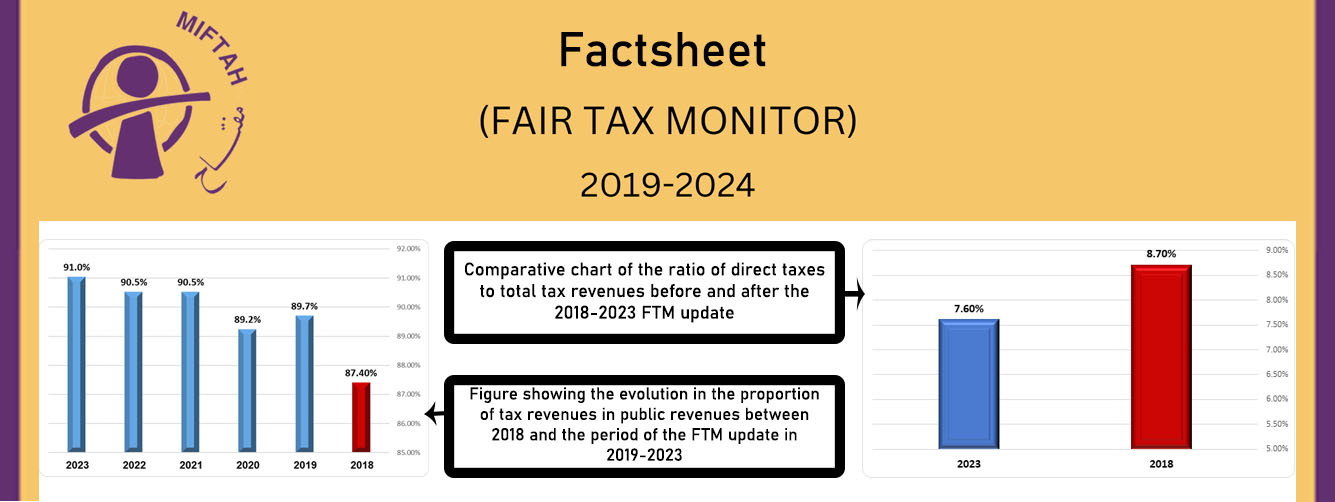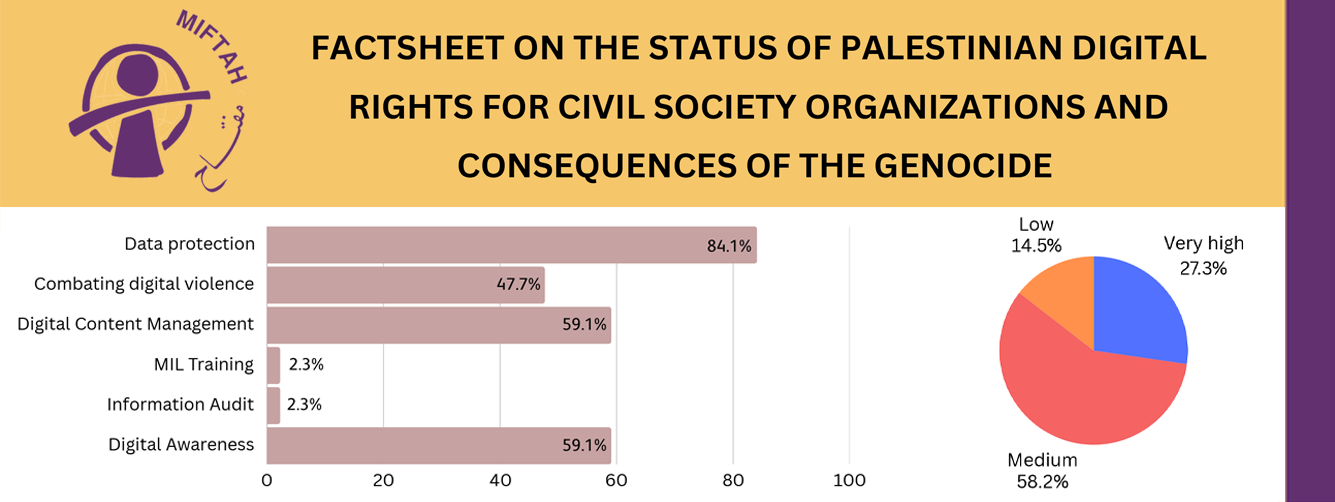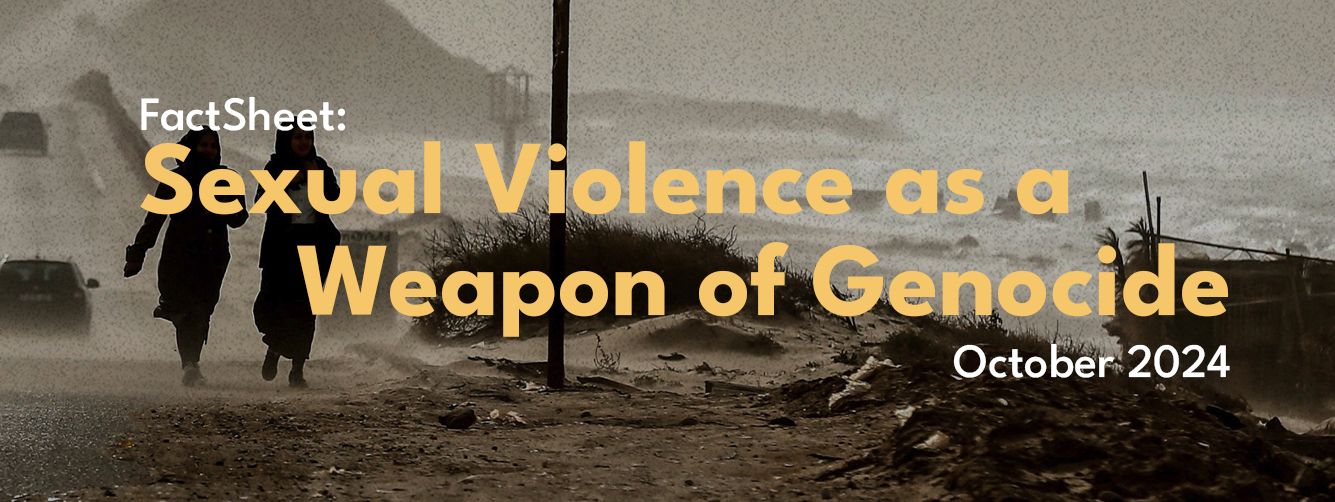According to B’Tselem, by the end of January 2017, there were 98 fixed checkpoints in the West Bank. Fifty-nine are internal checkpoints, situated well within the West Bank. These checkpoints include 18 in Area H2 in Hebron, where Israeli settlement enclaves are found. 62 of the internal checkpoints are permanently staffed. Permanent checkpoints form the most severe restriction on movement of Palestinians, who are subjected to checks that often cause prolonged delays. Multiple checkpoints have been fully or at least partially privatized, and have private security companies supply them with staff of armed civilian guards, under the supervision of the Ministry of Defense. In addition to permanent and partial checkpoints, the movement of Palestinians along West Bank roads is controlled by checkpoints deployed on an ad hoc basis in places without pre-existing infrastructure, known as ‘flying’ checkpoints.
Under the Agreement on Movement and Access, Israel is to ‘facilitate the movement of people and goods within the West Bank and minimize disruption to Palestinian lives’. This is Israel’s duty as the occupying force. However, these checkpoints still exist as excessive, cumbersome, and thorough as ever before, making life incredibly difficult for West Bank residents.
What are they?
These ‘physical impediments’ have been in operation since Israel’s victory over the combined Arab forces in 1967. The checkpoints allegedly protect Israel, however, they are not only stationed on the border of Israel and the West Bank, but most of them operate and are dispersed throughout the West Bank, isolating Palestinians from each other, separating communities, and making entry into towns and cities within the West Bank almost inaccessible.
OCHA also reported that there was ‘no significant improvement in the access of Palestinians to areas behind the barrier, including East Jerusalem. Access to East Jerusalem for Palestinians holding West Bank IDs, who obtained an entry permit, remained limited to three of the 16 checkpoints along the barrier. Restricted access to East Jerusalem has had a particularly negative impact on patients and medical staff trying to reach the six specialized Palestinian hospitals located in the city.’
Additionally, the Israeli authorities have intensified the enforcement of access restrictions to areas designated as ‘firing zones’ and ‘nature reserves’ which cover approximately 26 percent of the West Bank. Measures adopted in this context targeted primarily vulnerable herder communities who reside in such areas or who use them to graze their livestock.
B’Tselem reported that, in addition to permanent checkpoints, the army erects hundreds of surprise flying checkpoints along West Bank roads. The number of these has appreciably grown recently: from April 2009 to March 2010, the UN Office for the Coordination of Humanitarian Affairs counted a monthly average of 310 flying checkpoints. From September 2008 to March 2009, the monthly average was 65. Now, the monthly average is 246, and in April 2015 there were 361 flying checkpoints.
The World Bank report estimates that ‘Palestinians are restricted from some 41 sections of roads in the West Bank covering an approximate distance of 700 km’. According to OCHA, 2.4 million people in the West Bank are affected by physical impediments.
April 2008, Israel announced that 61 obstacles were removed, but only 44 were actually confirmed (6 were still in place, 11 were not found at the location). 44 of 61 announced as having been removed had little or no impact on movement of Palestinian people in the West Bank.
Ecumencial Accompaniment Programme reported in 2013 that between 4-7:30am, an average of about 4,600 people cross the Gilo checkpoint between Bethlehem and East Jerusalem. The checkpoint is “dangerously overcrowded” and “chaotic” 70% of the time. In the Israeli-controlled areas of Hebron, the checkpoints have often been sites of abuse and intimidation for Israeli soldiers to Palestinians passing through them to get to work, home, school, etc.
Nablus has been the most negatively affected area by physical impediments in the northern West Bank. Delays of up to 90 minutes were registered at rush hours at checkpoints in this area. All Palestinian vehicles need special permission from Israeli authorities to pass through these checkpoints.
For 25 days in February 2008, the Israeli army prohibited male and female residents aged 16- to 35 from Jenin, Tubas, Nablus and Tulkarm from crossing staffed checkpoints.
The Process
When Palestinians travel to and from work, they must take into account the time it takes to pass through the checkpoints. Reuters journalist, Mohammed Assadi, states that a 60 mile journey from Jenin, in the northern West Bank, to Ramallah, can now take up to five hours as he must pass through at least four checkpoints.
Driving through checkpoints without an Israeli license plate can prove a risky gamble as it may take an extensive amount of time for the ID’s and searches to be completed, normally resulting in vast queues. Therefore most Palestinians choose to take a bus to the checkpoint, walk through and then catch another bus on the other side.
As checkpoints have become a somewhat unavoidable and regular thread in the fabric of Palestinian society, they provide Palestinian vendors with a position where they can guarantee their goods will be exposed to a high concentration of potential Palestinian consumers. Thousands of Palestinian commuters are forced to make their way through checkpoints everyday which thus opens a fresh market place for these vendors. Everything from fruits, vegetables, shoes, toys, drinks and even song birds are sold at these market stalls.
The pedestrian part of the checkpoint is sheltered from the sun to offer some relief to the Palestinian commuter and this is welcomed as it is uncertain how long a commuter may wait. Palestinians wait in line until they see a green light, which gives them permission to pass through the revolving metal cage forward to the metal detector. Once they pass through the metal detector, they must answer some questions and present their specific ID (Jordanian, West Bank, Jerusalemite, Israeli work permit or passport [for foreigners]). If someone is considered as not having the sufficient documents for their travel requirements, they are escorted back out of the checkpoint by an Israeli soldier.
At an important strategically placed checkpoint, such as Qalandia, dividing Ramallah from East Jerusalem, there will be up to 26 Israeli soldiers on duty. Twenty are soldiers who monitor and control the checkpoint while the other six are conscripts.
The quarter of a million Israeli settlers in the West Bank do not have to pass through the checkpoints. They are given access to bypass roads, which are forbidden to Palestinians, which connect West Bank settlements to Israel.
Incidents at the Checkpoints
The checkpoints scattered all over the West Bank affect Palestinians and their way of life in many different ways. The economy is suffering, education is in a dangerous state of decline and families are divided, but these problems are superseded momentarily by the overwhelming complaints over the major injustices at the checkpoints, namely the violation of human rights.
- In 2013 only, 5 civilians were killed and 80 were injured during checkpoint incidents.
- Between 2000-2005, 67 Palestinian mothers had to give birth at military checkpoints. 36 of those children died due to lack of immediate medical attention.
- Palestine Monitor details that there have been 116 deaths in total as a result of people needing medical care being delayed or prevented from continuing at checkpoints.
- The same report describes how 19 women and 29 newborn babies died at checkpoints between September 2000 and December 2002.
- A Palestinian father was cuffed and beaten at the Hawara checkpoint near Nablus by an Israeli soldier as his son clung onto his father’s clothes. A blanket was then placed over the head of the father so that his cries could not be heard. The Israeli sergeant reportedly stated that because he was beaten ‘everybody learns and nobody fools with us’.
- Before the Israeli withdrawal from Gaza in 2005, a female Israeli soldier forced a Palestinian to drink a bottle of cleaning fluid at gunpoint.
- According to the International Middle East Media Centre, there are instances of strip searches being performed on women as well as young girls.
- In 2013, a 14-year old Palestinian girl suffering from an enzyme deficiency in her blood was on the way to the hospital due to a severe case of pneumonia. The girl passed away due to a traffic at the Container checkpoint.
This sort of inhumane treatment of the occupied population is a complete antithesis to how an occupying power should act regarding the manner in dealing with occupied peoples.
- Article II 1979 UN Code of Conduct for law enforcement officers stresses that they ‘respect and protect human dignity, maintain and uphold the human rights of all persons’.
- Article 55 of the IV Geneva Convention – ‘Ensuring the food and medical supplies of the occupied population’.
Effects on Palestinian economy and welfare
Israeli checkpoints have had a deeply harmful effect on Palestinian economy and welfare. Palestinians having their mobility and right to movement severely restricted has many negative economic consequences. A big issue is the uncertainty Palestinian workers go through when crossing checkpoints, regarding their ability to reach their workplaces on time or if the goods produced will reach their markets. Checkpoints also drastically increase the time spent travelling to workplaces, causing costly delays. This uncertainty and increased cost prevents the functioning of an efficient economy.
Checkpoints have a drastic effect on employment. Since the commuting time and cost is increased in the presence of checkpoints, Palestinians are limited to a smaller geographical region for employment. In 2007, research showed that checkpoints led to a 0.72% increase in unemployment in the West Bank. After 2005, when Israel increased its system of closure on Gaza and Palestinians lost access to the Israeli labor market, there was 0.17% average daily loss of GDP in lost wages. Moreover, sometimes, certain checkpoints are closed due to “high level security warnings.” In 2006, there were 78 days in which checkpoints were closed, and around 150,000 workers were unable to go to work, thereby decreasing their chances at maintain their employment. Increased unemployment severely impacts the Palestinian economy, and prevents development and GDP growth, two important factors in welfare.
Internal closures in the West Bank have also led to a decrease in hourly wages. The increased cost of commuting creates a difference between the wage paid by the employer and the real wage gained by the employee, where the employee will have less disposable income due to their wage staying the same and their cost of commuting
increasing. In 2007, the reduction of wages due to checkpoints was about 221 million USD.
Checkpoints also harm economic performance by restricting the movement of goods and productive inputs. Internal closures reduce the proportion of sale of goods that West Bank firms can make outside their immediate geographic location, with this reduction correlating to the increase of mobility restrictions in the West Bank. Inefficiency is also increased due to the fact West Bank firms largely get their productive inputs from locations outside the West Bank, which means their movement is unreliable and subject to delay. Delivery of final products can also be delayed, which for farmers means their products will likely spoil and get ruined before reaching their markets. This leads to a severe loss in productivity, and can cause many canceled orders.
Checkpoints also harm welfare because not only do they add time taken for children to get to school, but they also deter children from going to school indefinitely. Palestine Monitor reports that children are victim to insults, beatings and cursing by the Israeli soldiers. As a result of this intimidation, more and more children are dropping out of school or postponing their education. This leads to a lack of welfare and affects future Palestinian economic growth as there is a less educated workforce.
International and Human Rights Law of Occupation
Article 33 of the IV Geneva Convention states that,
‘An occupying government may not use collective punishment or intimidation against the occupied population’.
Under Human rights law the occupying government must ensure freedom of movement, an adequate standard of living and as normal a life for the population as possible.
Under International law the occupation of Palestine is illegal, as is the establishment of settlements in the occupied territory.
In complete contrast to this, Human Rights Watch in 2005 stated that checkpoints displayed ‘a system of collective punishment, also in direct violation of Israel’s obligation as an occupying power, to provide welfare for the population it controls’.
Palestine Monitor views the checkpoint system as a tool to ‘judaize and entrench Israel’s illegal occupation’ as well as to humiliate the Palestinians with the checkpoints acting as a constant reminder of the occupation.
Israeli justification for the checkpoints
The Israeli army spokesperson's office informed B'Tselem that the prohibitions on Palestinian travel are based on “verbal orders” given to soldiers. This mode of operation adds a dimension of uncertainty and makes it difficult to critique the policy and test its validity in court.
The OCHA report said that currently, ‘the protection of Israeli settlements and of Israelis travelling along West Bank roads is the main justification given by the Israeli military for maintaining some of the key obstacles and restrictions impeding movement between Palestinian urban centers. One of the frequent arguments cited in this regard is that the blocked roads leading to Palestinian towns in the vicinity of settlements may serve, if opened for Palestinian use, as quick “escape routes” for perpetrators of attacks against these settlements, or against Israelis travelling along the adjacent roads.’
SOURCES








